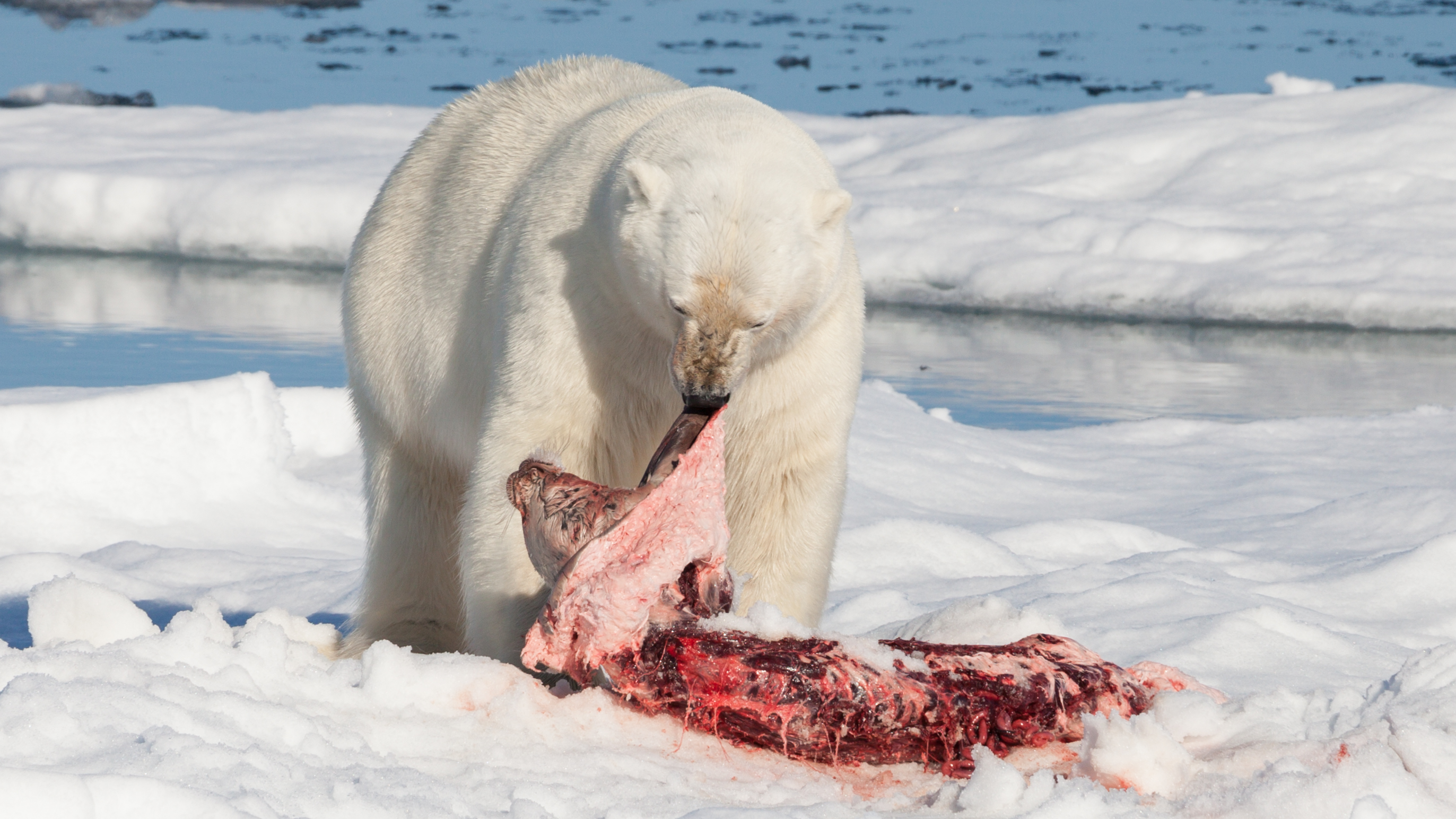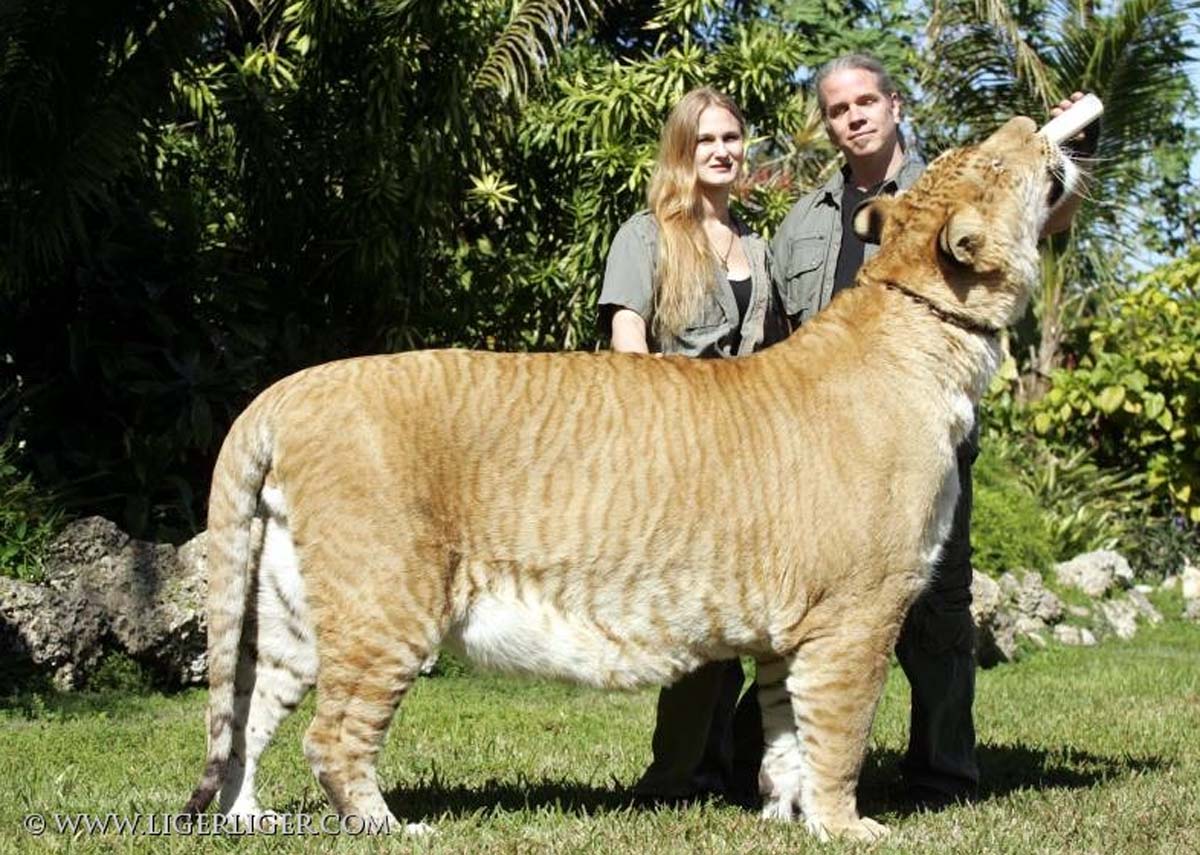Post by rock on May 21, 2019 21:10:02 GMT 5
polar Bear - Ursus maritimus
The polar bear (Ursus maritimus) is a bear native largely within the Arctic Circle encompassing the Arctic Ocean, its surrounding seas and surrounding land masses. It is the world's largest land carnivore and also the largest bear, together with the omnivorous Kodiak Bear, which is approximately the same size. An adult male weighs around 350–680 kg (770–1,500 lb), while an adult female is about half that size. Although it is closely related to the brown bear, it has evolved to occupy a narrower ecological niche, with many body characteristics adapted for cold temperatures, for moving across snow, ice, and open water, and for hunting the seals which make up most of its diet. Although most polar bears are born on land, they spend most of their time at sea. Their scientific name means "maritime bear", and derives from this fact. Polar bears can hunt their preferred food of seals from the edge of sea ice, often living off fat reserves when no sea ice is present. The polar bear is classified as a vulnerable species, with eight of the nineteen polar bear subpopulations in decline. For decades, large scale hunting raised international concern for the future of the species but populations rebounded after controls and quotas began to take effect. For thousands of years, the polar bear has been a key figure in the material, spiritual, and cultural life of Arctic indigenous peoples, and polar bears remain important in their cultures.

liger
The Liger is a hybrid. It is the offspring of a male Lion and a female Tiger. This means that the Liger has parents that are different species, but the same genus.
Ligers only exist in captivity today, because the habitats of the parental species do not overlap out in the wild. They typically grow much larger than either parent species.
Another hybrid from the mating of the same animals – only reversed, a male Tiger and a female Lion – is known as the Tigon, and are often much smaller.
Ligers tend to be more like a lion, than a tiger.
They are large, muscly and male ligers will have a mane, like a male lion, but often shorter than their father’s. They have dark tawny fur, with broad heads. They often have feint tiger stripes, inherited from their mother. Ligers are fond of swimming, just like Tigers (lions don’t like water), and are also quite sociable, just like lions.
The Liger is not a new hybrid as they date back to the early 19th century in India. The name was coined to describe the creature in the 1930s. The Liger has appeared in art as far back as 1798 when a color plate depicted one, and in 1825 a Liger and its parents appeared in an engraving. A pair of Liger cubs born in 1837 were even put on display for King William IV and Queen Victoria who succeeded him.
While thought to be extremely rare, historically lions and tigers may have interbred to produce ligers in the wild. The Asiatic lion once inhabited a much larger area of Asia, that may have meant it shared some territory with tigers. However, today, they are very much only cross bred in captivity, either accidentally or more often, purposefully as

The polar bear (Ursus maritimus) is a bear native largely within the Arctic Circle encompassing the Arctic Ocean, its surrounding seas and surrounding land masses. It is the world's largest land carnivore and also the largest bear, together with the omnivorous Kodiak Bear, which is approximately the same size. An adult male weighs around 350–680 kg (770–1,500 lb), while an adult female is about half that size. Although it is closely related to the brown bear, it has evolved to occupy a narrower ecological niche, with many body characteristics adapted for cold temperatures, for moving across snow, ice, and open water, and for hunting the seals which make up most of its diet. Although most polar bears are born on land, they spend most of their time at sea. Their scientific name means "maritime bear", and derives from this fact. Polar bears can hunt their preferred food of seals from the edge of sea ice, often living off fat reserves when no sea ice is present. The polar bear is classified as a vulnerable species, with eight of the nineteen polar bear subpopulations in decline. For decades, large scale hunting raised international concern for the future of the species but populations rebounded after controls and quotas began to take effect. For thousands of years, the polar bear has been a key figure in the material, spiritual, and cultural life of Arctic indigenous peoples, and polar bears remain important in their cultures.

liger
The Liger is a hybrid. It is the offspring of a male Lion and a female Tiger. This means that the Liger has parents that are different species, but the same genus.
Ligers only exist in captivity today, because the habitats of the parental species do not overlap out in the wild. They typically grow much larger than either parent species.
Another hybrid from the mating of the same animals – only reversed, a male Tiger and a female Lion – is known as the Tigon, and are often much smaller.
Ligers tend to be more like a lion, than a tiger.
They are large, muscly and male ligers will have a mane, like a male lion, but often shorter than their father’s. They have dark tawny fur, with broad heads. They often have feint tiger stripes, inherited from their mother. Ligers are fond of swimming, just like Tigers (lions don’t like water), and are also quite sociable, just like lions.
The Liger is not a new hybrid as they date back to the early 19th century in India. The name was coined to describe the creature in the 1930s. The Liger has appeared in art as far back as 1798 when a color plate depicted one, and in 1825 a Liger and its parents appeared in an engraving. A pair of Liger cubs born in 1837 were even put on display for King William IV and Queen Victoria who succeeded him.
While thought to be extremely rare, historically lions and tigers may have interbred to produce ligers in the wild. The Asiatic lion once inhabited a much larger area of Asia, that may have meant it shared some territory with tigers. However, today, they are very much only cross bred in captivity, either accidentally or more often, purposefully as





